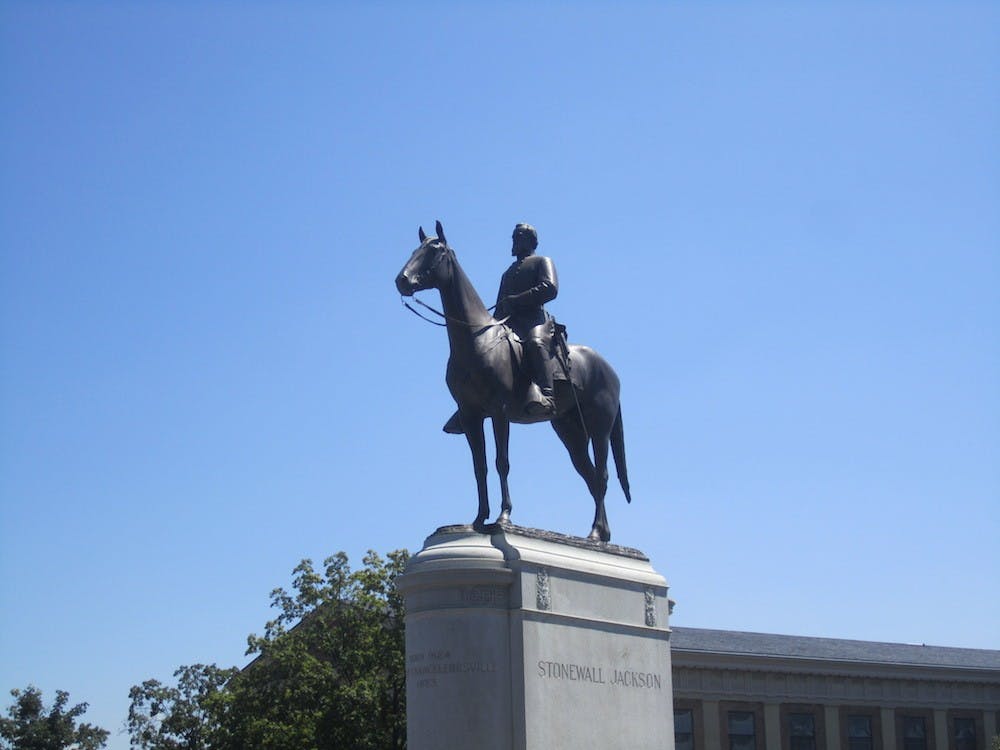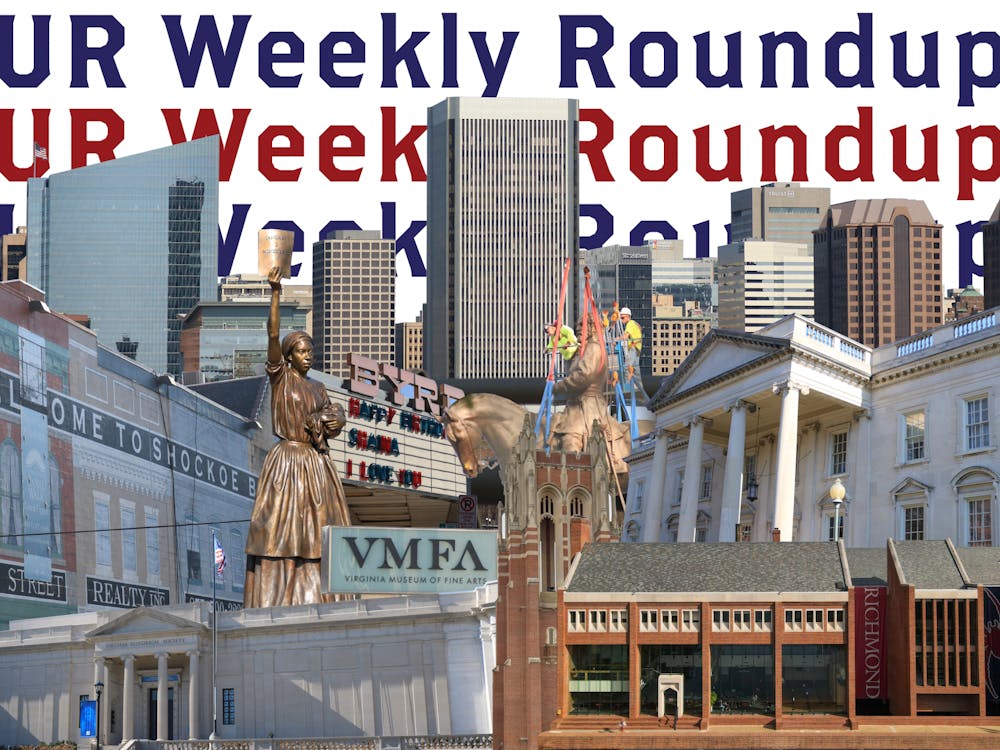Recent media coverage of the shootings in Charlestown has sparked debate over the symbolic meaning of the confederate flag. Is it a symbol of racism or a celebration of history? Early July, in response to unrelenting media focus as well as the grace exhibited by family members of the victims of the Charleston shooting, the governor of South Carolina ordered the removal of the Confederate flag from the capitol building.
Discussion about symbols of the Confederacy and whether they should still stand moved to Virginia, where Governor McAuliffe issued an order to recall all license plates displaying Confederate flags. Yet Monument Avenue in Richmond, Va. continues to be lined with statues of soldiers who fought for the Confederacy. What of this glaring inconsistency? These statues are beautiful, massive works of art that recognize an important period in American history. However, some say these larger than life sized monuments are intimidating reminders of the civil war and honor men who fought to maintain slavery.
So what is the true purpose of these statues? They were erected after the Confederacy lost in order to celebrate war generals. At the time, the South was still heavily segregated and bitter about having to give up their slaves. Racism was a major problem, especially in the former capital of the Confederacy. One could assume that both intimidation of former slaves and decoration of those who served for the army were the intentions of mounting these statues.
By keeping these monuments of intimidation standing, is the right to liberty infringed upon? Or, perhaps the meaning of these statues has morphed over time into a celebration of history and an acknowledgement of how bad things were, ensuring America never forgets. Even if the meaning has changed, shouldn’t something be done to ensure equality is secure?
I think so. I don’t propose the removal or destruction of these works of art, some of which date back to 1890. They are a part of our nation’s history. I believe that we need to publicly recognize these statues for what they mean today, and place additional signage to further clarify the historical significance of these statues to both the Commonwealth of Virginia and the United States as a whole. In addition, we should continue to recognize modern American figures – the addition of Arthur Ashe, African-American professional tennis player and advocate for children’s education, in 1996 was a start. The addition of prominent, ethnically diverse, statues would provide greater insight into our historical evolution as a country.
Contact Ally Kiely at ally.kiely@richmond.edu
Support independent student media
You can make a tax-deductible donation by clicking the button below, which takes you to our secure PayPal account. The page is set up to receive contributions in whatever amount you designate. We look forward to using the money we raise to further our mission of providing honest and accurate information to students, faculty, staff, alumni and others in the general public.
Donate Now



